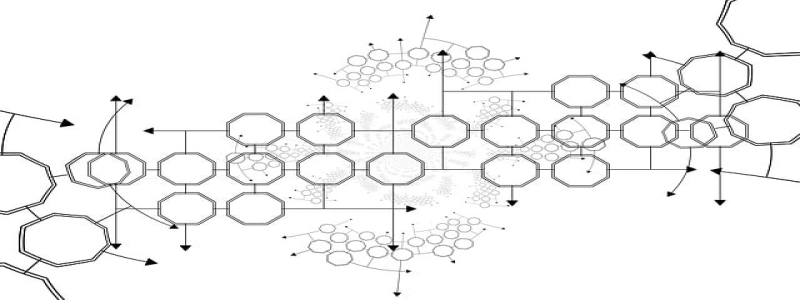Multi Mode vs Single Mode Fiber
Introduction
Fiber optics is the technology that allows the transmission of data through thin strands of glass or plastic fibers. It has become the backbone of modern telecommunications networks due to its ability to transmit data at faster speeds and over longer distances compared to traditional copper cables. Fiber optics cables come in different types, but two of the most widely used are multi mode and single mode fiber. In this article, we will explore the differences between these two types and their respective advantages and disadvantages.
Multi Mode Fiber
Multi mode fiber (MMF) is a type of optical fiber that allows multiple modes or paths for light to propagate through the fiber. It has a larger core diameter compared to single mode fiber, typically ranging from 50 to 62.5 microns. This larger core allows for the propagation of multiple light rays at different angles, resulting in a higher data capacity and shorter transmission distances.
Advantages of Multi Mode Fiber
1. Cost-effective: Multi mode fiber is generally more cost-effective compared to single mode fiber. This is because the larger core diameter makes it easier and cheaper to manufacture.
2. Easier to install and maintain: The larger core diameter of multi mode fiber makes it less sensitive to misalignment or bending, making it easier to install and maintain compared to single mode fiber.
3. Compatibility with legacy equipment: Multi mode fiber is compatible with older networking equipment that uses LED (light-emitting diodes) as the light source, making it a popular choice for upgrading older systems.
Disadvantages of Multi Mode Fiber
1. Limited transmission distance: Due to the higher dispersion and attenuation of light in the larger core, multi mode fiber is limited to shorter transmission distances compared to single mode fiber.
2. Lower bandwidth: Multi mode fiber has a lower bandwidth compared to single mode fiber, which limits its data transmission capacity.
Single Mode Fiber
Single mode fiber (SMF) is a type of optical fiber that allows only one mode or path for light to propagate through the fiber. It has a smaller core diameter, typically around 9 microns. This smaller core allows for the propagation of a single light ray, resulting in longer transmission distances and higher data capacity.
Advantages of Single Mode Fiber
1. Longer transmission distances: Single mode fiber can transmit data over longer distances compared to multi mode fiber. This makes it ideal for long-haul telecommunications and high-speed internet connections.
2. Higher bandwidth: Single mode fiber has a higher bandwidth compared to multi mode fiber, allowing for faster data transmission and higher data capacity.
Disadvantages of Single Mode Fiber
1. Higher cost: Single mode fiber is generally more expensive compared to multi mode fiber. This is due to the smaller core diameter, which requires more precise manufacturing processes.
2. More sensitive to misalignment and bending: The smaller core diameter of single mode fiber makes it more sensitive to misalignment and bending, requiring more care during installation and maintenance.
Conclusion
In summary, multi mode and single mode fiber are two different types of optical fibers used in modern telecommunications networks. Multi mode fiber is cost-effective, easier to install and maintain, and compatible with legacy equipment. However, it has limited transmission distance and lower bandwidth. On the other hand, single mode fiber offers longer transmission distances, higher bandwidth, but at a higher cost and is more sensitive to misalignment and bending. The choice between multi mode and single mode fiber depends on the specific requirements of the network and its intended use.






